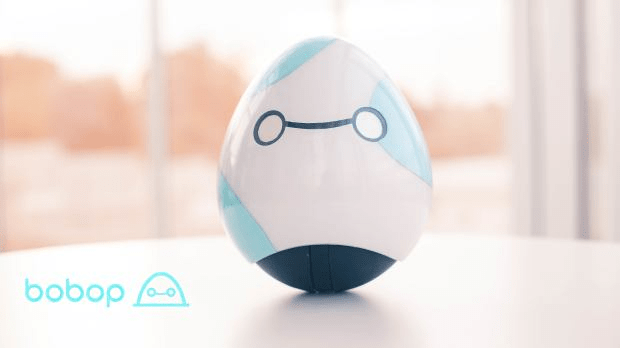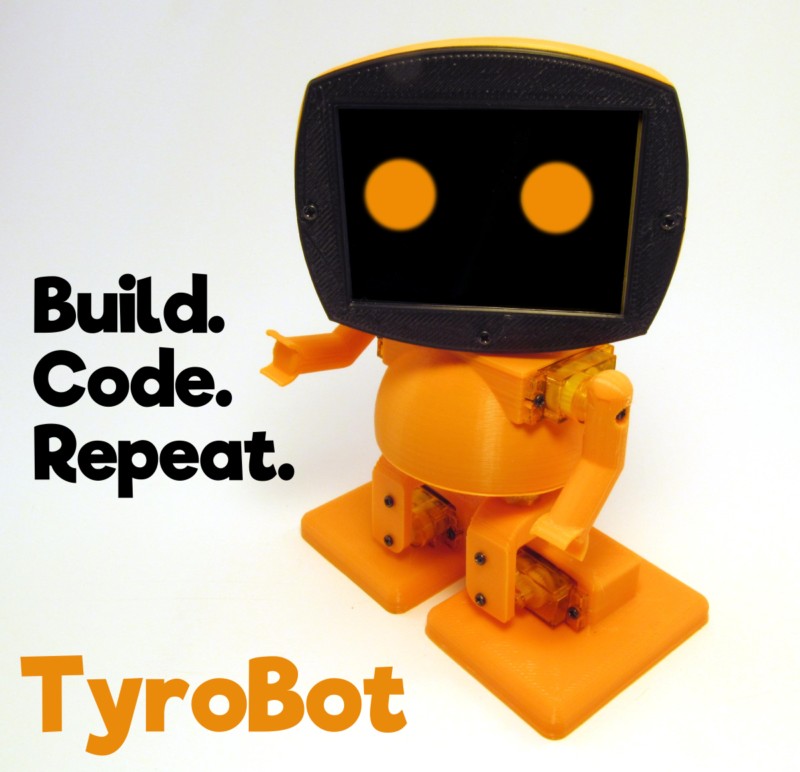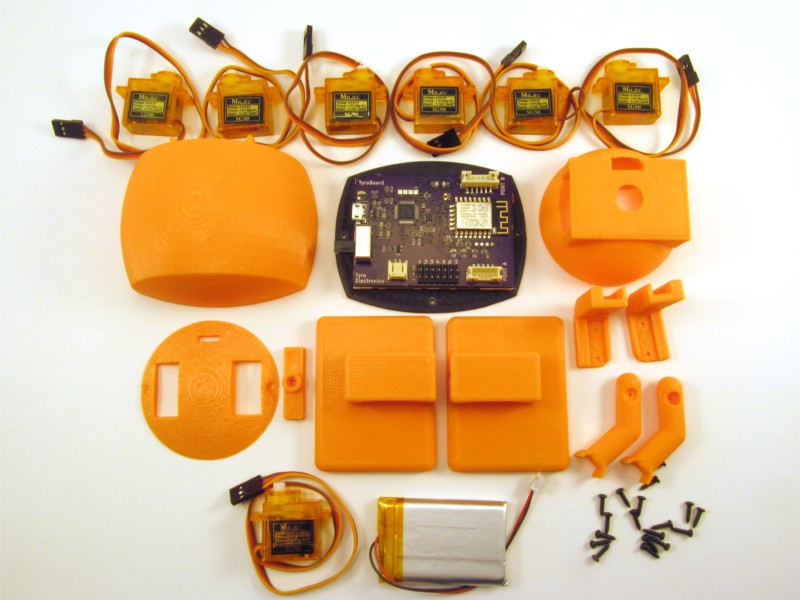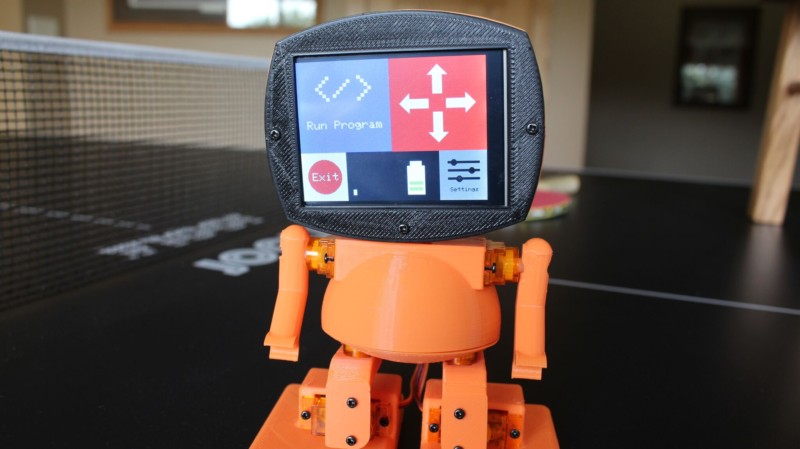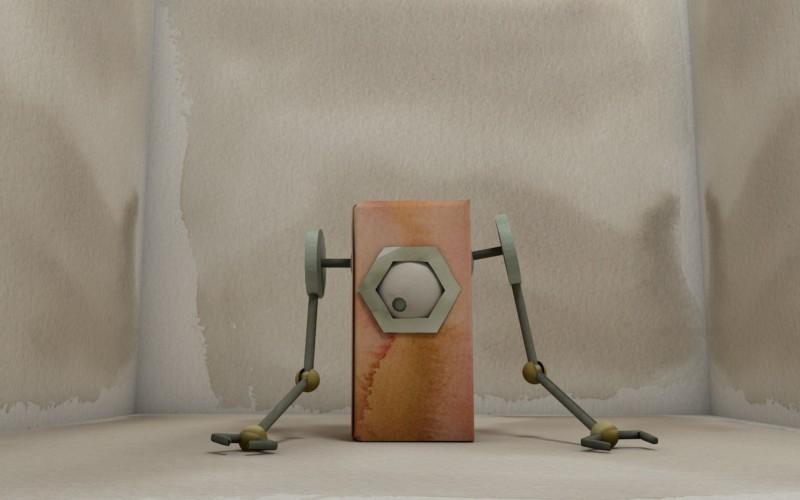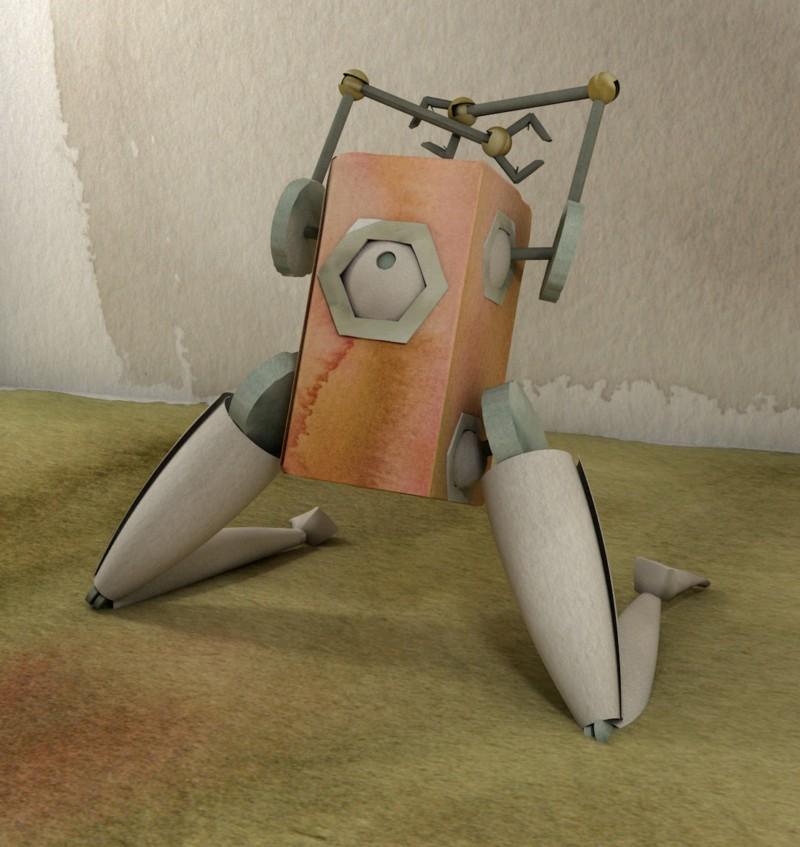BOSTON, MA (PRWEB) SEPTEMBER 06, 2017
Boston Children’s Museum announced that major sponsors have signed on for the second annual Boston Mini Maker Faire event on Sunday, September 17, 2017. The Museum, in collaboration with Maker Media, WBZ-TV/CBS Boston, Boston Public Schools, the City of Boston, welcome sponsors Autodesk, BOSEbuild, MathWorks, National Grid, PEAK Event Services, Skyworks Solutions Inc., Ultimaker, Velcro Companies, Vertex and Senator William „Mo“ Cowan and Mrs. Stacy L. Cowan, who have all come together to make the Boston Mini Maker Faire possible. A diverse group of “Makers,” from robotics groups like New England R2 Builders and iRobot; to cutting edge technology companies such as Formlabs; to local maker spaces like Boston Makers, and inspiring junior makers like Sam Hoyt, a 13-year old who 3d-printed his own prosthetic arm, will share their ingenuity with the thousands of attendees to the Maker Faire.
“We continue to be impressed by the creativity of the Boston community,” said Paul Blandini, director of business operations, Autodesk. “We support initiatives like the Boston Mini Maker Faire to help cultivate curiosity and inspire the next generation of designers, engineers and innovators.”
The Boston Mini Maker Faire is being led by Boston Children’s Museum and an advisory board of leaders from local maker organizations, including: Emily Glaser of Boston Makers, Haidan Hodgson from Artists for Humanity, Henry Houh from Einstein’s Workshop, Netia McCray of Mbadika, Amon Milner from Olin College, Abigail Norman from Eliot School of Fine & Applied Arts, Derek Seabury from Artisan’s Asylum, and Rosa Weinberg from NuVu Studio.
“Supporting innovation is extremely important to us at Velcro companies,” said Fraser Cameron, CEO of Velcro Companies.” Curiosity has powered everything we do since George De Mestral first examined the burdock plant and created the first hook and loop fasteners more than 60 years ago. Events like the Mini Maker Faire plant the seeds of similar discoveries. We’re proud to return as sponsors of this outstanding event, where we hope to spark the curiosity of emerging inventors of all ages.”
Admission to the Mini Maker Faire will be $20 per person, which includes indoor and outdoor activities. The cost to Museum members is $10. Given the nature of this special event, typical Museum discounts will not apply. Please also note that not all indoor Museum exhibits will be open during the event. To purchase tickets in advance for the Mini Maker Faire visit http://boston.makerfaire.com/tickets/
“As a company founded on transformative science and committed to inspiring and equipping students to become the next generation of scientific leaders, Vertex is proud to support Boston’s Mini Maker Faire,” said Dr. Melodie Knowlton, Head of Vertex’s onsite Learning Lab for hands-on science, technology, engineering and math (STEM) education opportunities.
Boston Mini Maker Faire is independently organized by Boston Children’s Museum and operated under license from Maker Media, Inc.
For additional information visit http://boston.makerfaire.com/ and http://www.BostonChildrensMuseum.org
About Boston Children’s Museum
Boston Children’s Museum engages children and families in joyful discovery experiences that instill an appreciation of our world, develop foundational skills, and spark a lifelong love of learning. More information about Boston Children’s Museum can be found at http://www.BostonChildrensMuseum.org. Become a fan of the Museum on Facebook and follow us on Twitter
Hours and Admission
The Museum is open daily from 10:00 a.m. – 5:00 p.m. Fridays until 9:00 p.m. Adults, $17, children (1-15) and senior citizens, $17; children under 12 months and Museum members are always free. Fridays 5:00 p.m. – 9:00 p.m., all visitors $1.

